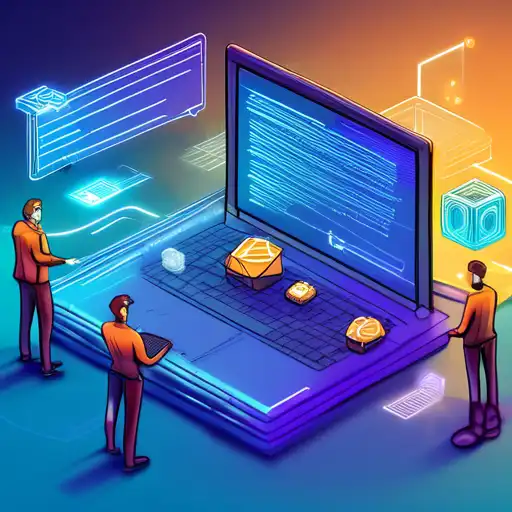Introduction to Smart Contracts
Smart contracts represent a pivotal innovation in blockchain technology, automating agreements without the need for intermediaries. These digital contracts execute transactions automatically when predetermined conditions are met, offering a secure and efficient alternative to traditional contract law.
How Smart Contracts Work
At their core, smart contracts are self-executing contracts with the terms of the agreement directly written into lines of code. They run on a blockchain network, ensuring that transactions are traceable, transparent, and irreversible. This eliminates the need for a central authority, legal system, or external enforcement mechanism.
Benefits of Smart Contracts
- Autonomy: Parties interact directly without intermediaries.
- Trust: Encrypted documents on a shared ledger prevent tampering.
- Backup: Every node on the network has a copy of all contracts.
- Safety: Cryptography keeps documents safe from hacking.
- Speed: Automated contracts save time by eliminating paperwork.
- Savings: Smart contracts eliminate the need for intermediaries, reducing costs.
Applications of Smart Contracts
Smart contracts have a wide range of applications across various industries. In finance, they can automate payments and claims. In real estate, they streamline property sales. They also play a crucial role in supply chain management, ensuring transparency and efficiency.
Challenges and Limitations
Despite their advantages, smart contracts face challenges such as scalability issues, legal recognition, and the risk of bugs in the code. It's essential for developers to conduct thorough testing and for legal frameworks to evolve to accommodate these digital agreements.
Future of Smart Contracts
The future of smart contracts is promising, with advancements in blockchain technology and increasing adoption across sectors. As the technology matures, we can expect more sophisticated contracts that can handle complex agreements and integrate with other emerging technologies.
Smart contracts are revolutionizing the way we think about agreements in the digital age. By understanding their potential and limitations, businesses and individuals can leverage this technology to create more efficient, transparent, and secure transactions.
